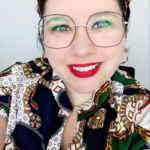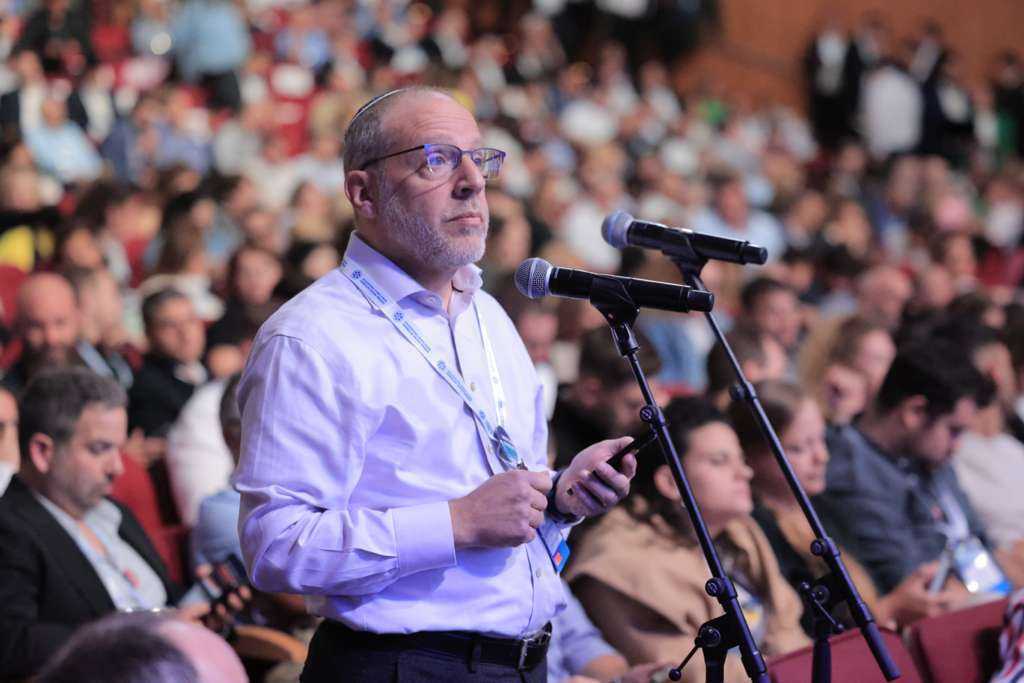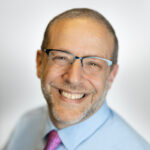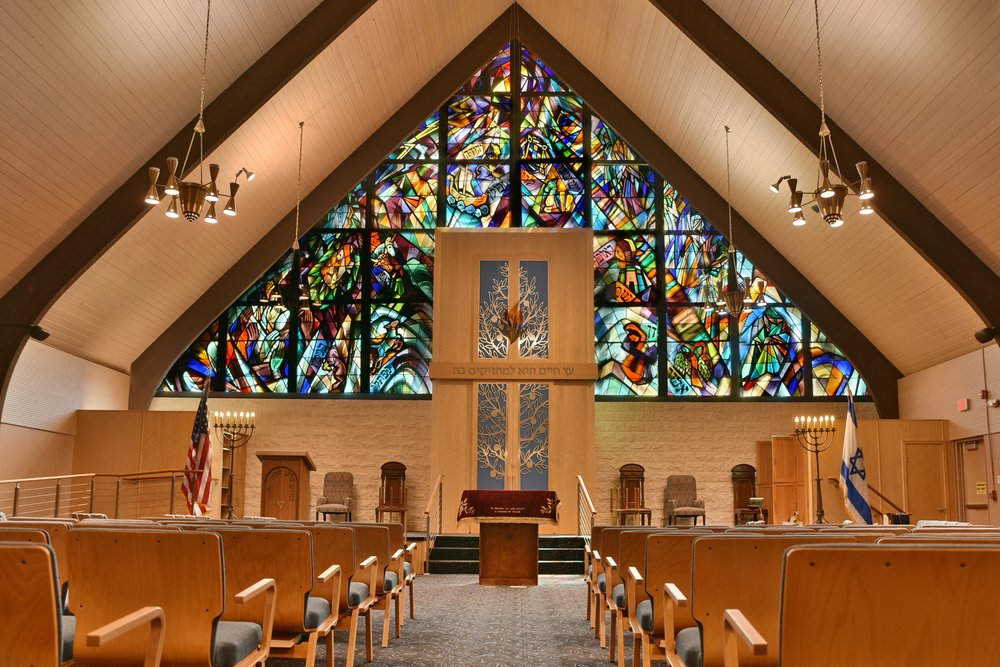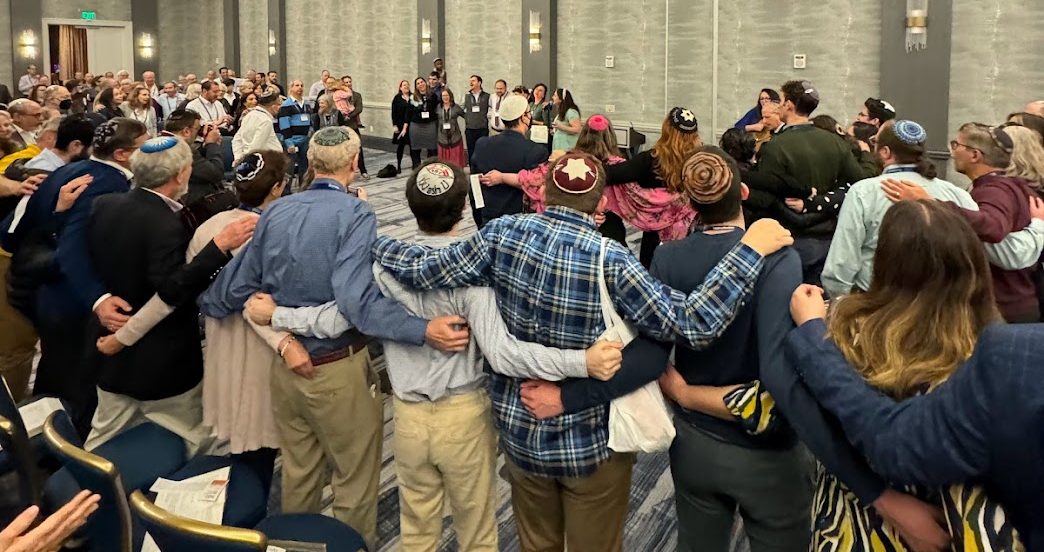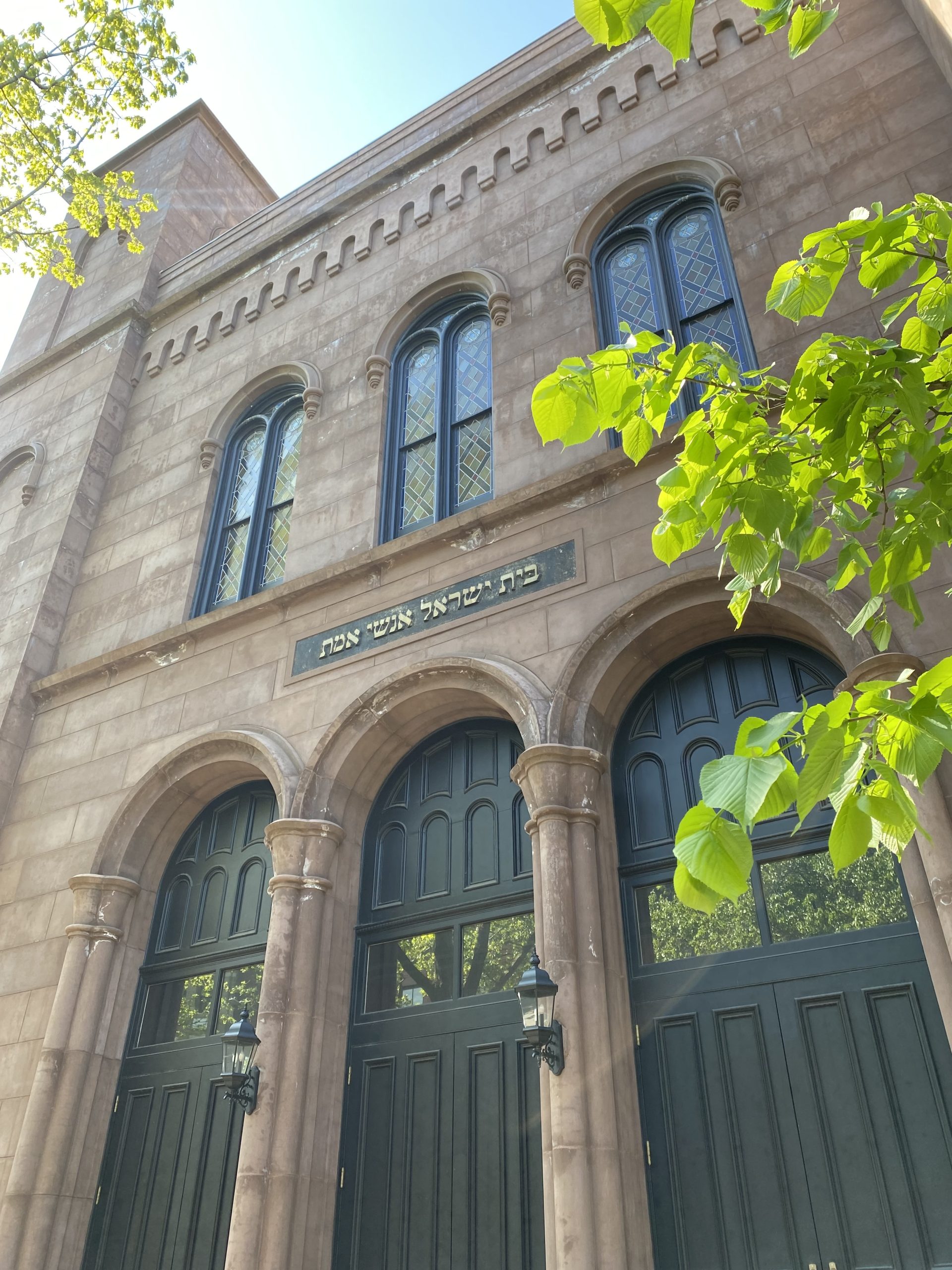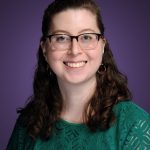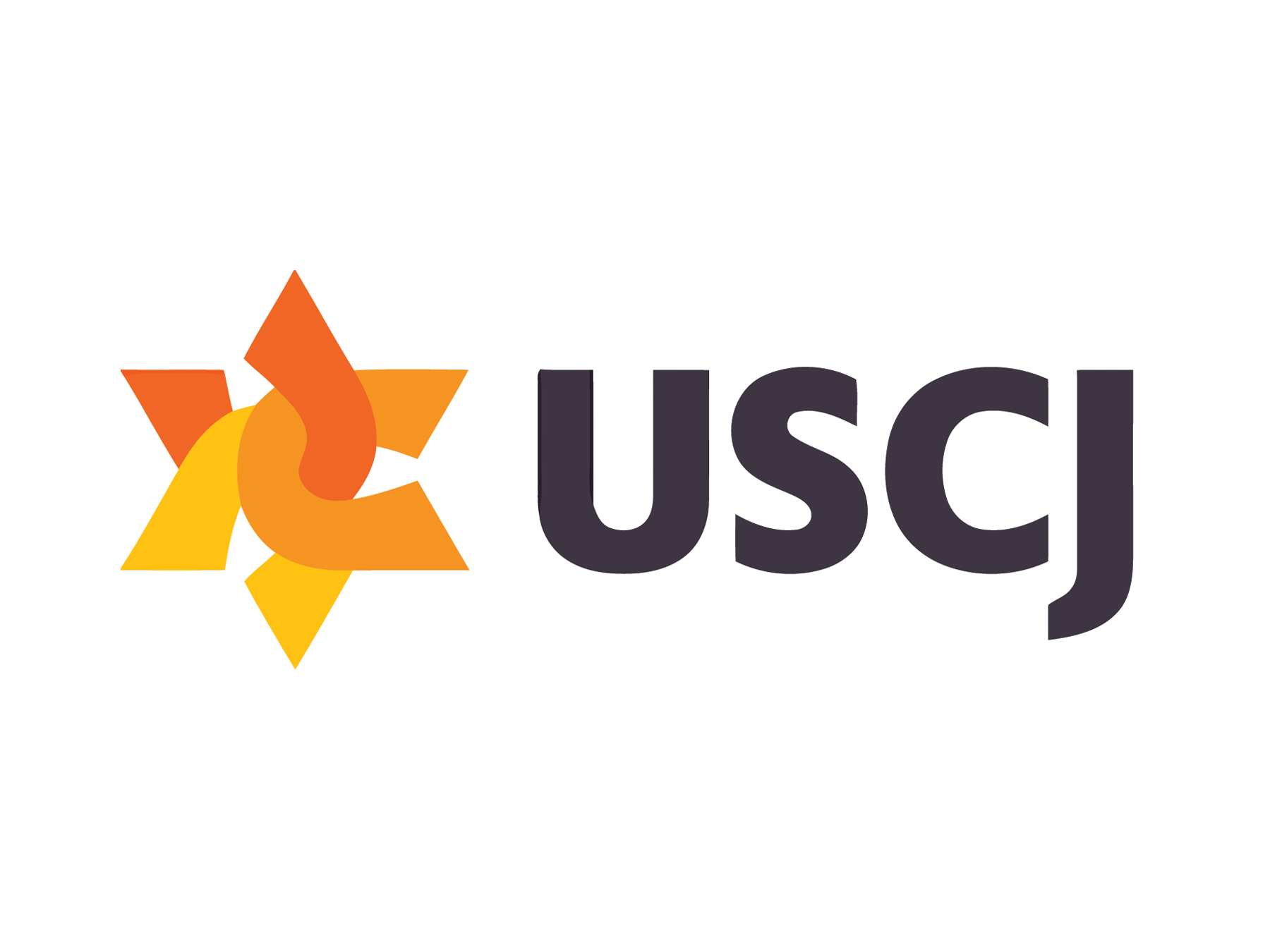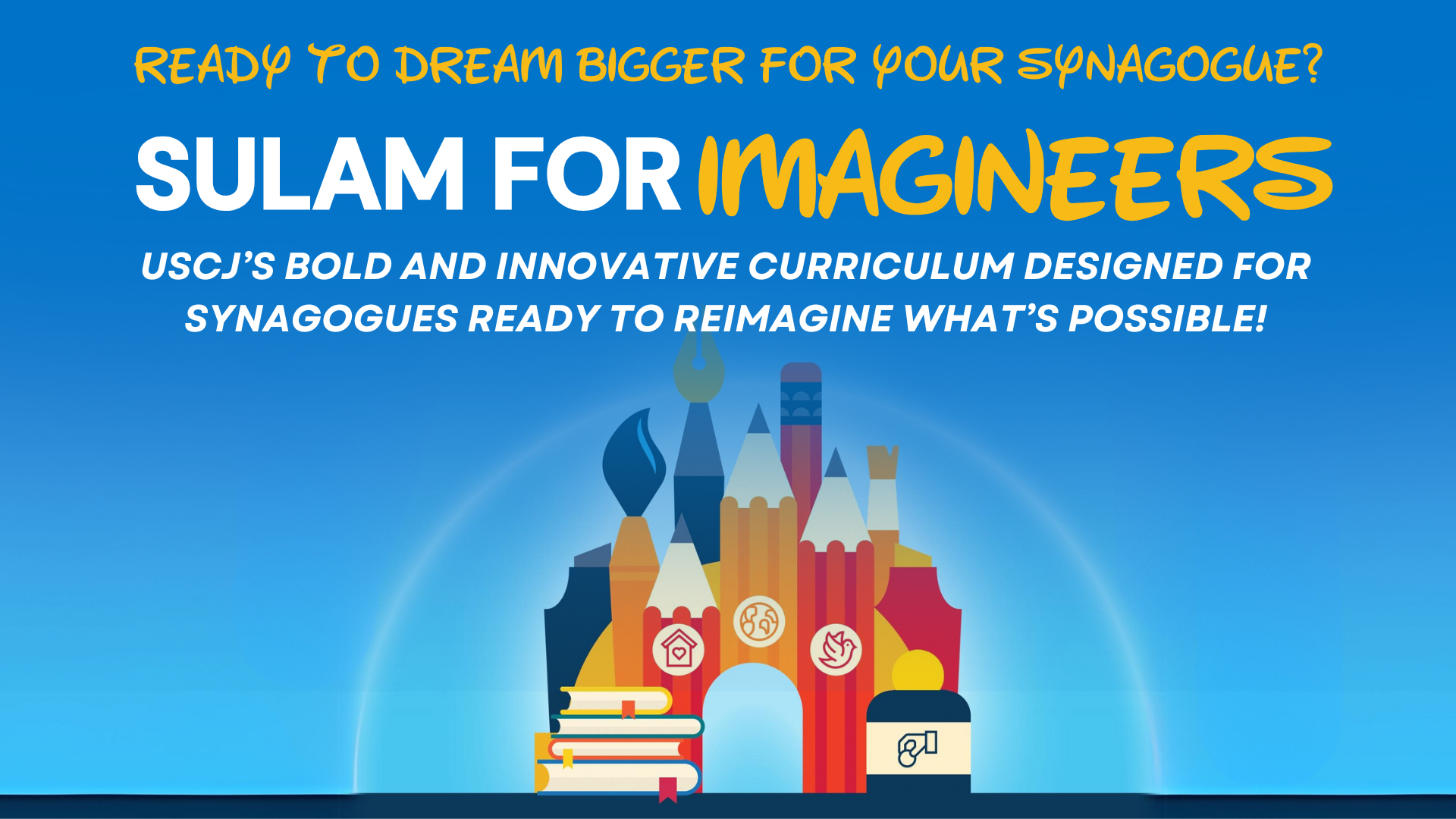
Sulam is USCJ’s dynamic leadership development program. It is designed to empower synagogues to build purposeful, energized, and sustainable congregations. It helps over 250 people per year develop leadership skills to bring back to their communities. In a heartfelt testimonial, Rabbi Dr. J.B. Sacks of Congregation Beth Shalom in Palm Desert, California, shared his transformative experience participating in the Sulam for Imagineers educational cohort – with a focus on innovation. For a congregation of around 50 households, located in an area known for its vibrant LGBTQIA+ community, this program represented more than just a set of challenges; it was an opportunity to re-envision their future.
Rabbi Sacks set the stage by introducing his congregation’s unique demographic — a blend of retirees, a significant LGBTQIA+ presence, and a widespread range of observance practices. At first glance, it seemed like they faced a series of issues that needed immediate solutions: how to stay vital as the congregation ages, how to attract more LGBTQIA+ Jews, and how to provide meaningful educational programs in a community that lacked a cohesive lifelong learning initiative.
However, through the lens of Sulam for Imagineers, the focus shifted from merely solving problems to fostering a culture of imagination and creativity.
“It was not about quick fixes,” Rabbi Sacks explained, “but about adopting an ‘Imagineering’ mindset that would help us address our identity and future.”
One of the key insights gained from the experience was the importance of shifting away from traditional, often stagnant, practices and embracing a culture open to new ideas. The rabbi emphasized the delicate balance between honoring the synagogue’s rich traditions and fostering an imaginative environment ready to innovate.
His congregational “Dream Team” adopted a unique approach by meeting every 2-3 weeks. This frequency allowed them more time to digest ideas and cultivate discussions without the pressure of rushed decision-making. Sessions were designed to balance the needs of an older demographic with an engaging, creative format.
Rabbi Sacks also highlighted the imaginative exercises undertaken during the cohort. For instance, the congregation embraced a creative challenge where members were split into two teams, tasked with listing 100 ideas for potential projects. This exercise not only sparked a whirlwind of creativity but also encouraged collaboration toward achieving shared goals.
“Some of the wildest ideas turned out to not be so crazy after all,” he remarked, illustrating the profound impact of Imagineers thinking.
“To share a davening/prayer space, so intimate, next to someone you don’t really know or sitting next to someone different at kiddush opens up not only social possibilities, but spiritual portals,” he said.
Further, the rabbi underscored the significance of engaging with community members. Rather than simply seeking feedback about what people liked or disliked about the synagogue, the approach focused on understanding their lives, challenges, and needs. By committing to reach out to every congregant, including former members and visitors, the congregation is gathering valuable insights that will shape their goals and initiatives moving forward.
The engagement from the community was pivotal.
“People were excited to be part of something different,” Rabbi Sacks said. This enthusiasm transformed the way they approached their meetings, allowing the team to create a space dedicated to nurturing creativity and self-worth. In his words, “We need to be focused on our identity, our creativity, and our imagineering to thrive as a community.”
Rabbi Sacks emphasized the value of mentorship from veteran facilitators including Ben Vorspan, author of The Nonprofit Imagineers, and Linda Sussman, USCJ Director of Leadership Development and Implementation, who brought fresh perspectives and expertise to the congregation. Their guiding presence helped as they navigated the culture of their institution, ensuring that the experience was tailored to fit their unique context.
As the journey continues, Rabbi Sacks encourages other synagogues to infuse creative exercises into their regular meetings, thus integrating an imaginative culture throughout their community. He passionately advocates for prioritizing this work, suggesting that those who care about their synagogue’s future should actively carve out time for innovation and growth.
“So if the synagogue has any importance, and Judaism has any importance in our lives,” he said, “this is not the time to say, ‘I don’t want to put time into it.’ This is the time for this kind of thing that can really be transformative for the life and culture of the synagogue.”
As we reflect on Rabbi Sacks’ insights, it becomes clear that adopting an “Imagineering” mindset may not only solve immediate challenges but can radically transform the life and culture of a congregation. By blending tradition with creativity, there lies a genuine path toward a more engaged, vibrant, and inclusive community.

